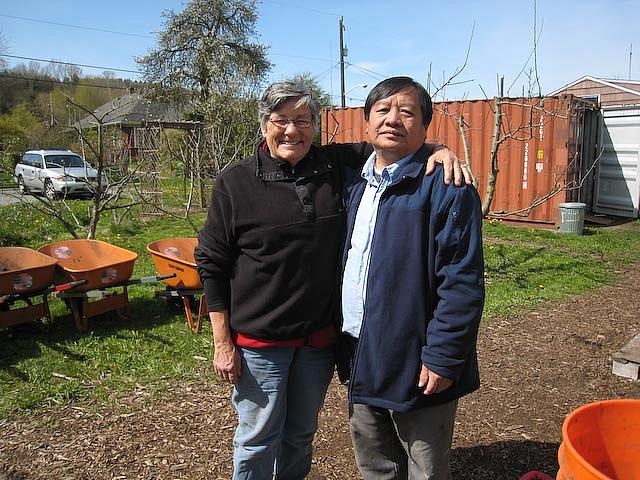A Food Desert in Foodie Seattle

Seattle is known as a haven for foodies, so it was something of a shameful surprise to discover that Seattle has a food desert in its own backyard.
The food desert is located in a pocket of industrial Seattle, and I stumbled on it in the course of reporting my 2010 California Endowment Health Journalism Fellowship project on community health along the Duwamish River Superfund site.
Residents in the neighborhoods along this polluted stretch of river face more than their share of diabetes, obesity, heart disease and asthma, a finding InvestigateWest published in a series of stories published on our own site, as well as in Seattlepi.com.
While poverty, pollution, lifestyle and other urban stressors undoubtedly contributed to those health outcomes, the unexplored nexus that connected many of these problems was food – or lack of access to a healthy diet.
So I went in search of a good grocery store in the community of South Park, and there wasn't one. The closest was just outside of town, across a busy highway and difficult to access without a car. The local discount store in town, at the time, had lots of canned goods, and a few anemic looking bananas. Otherwise, there was little in the way of fresh or healthy food for residents of South Park and nearby communities, an irony given this river valley was once a rich food basket for a young, growing Seattle.
Reporters often leave long-term projects with notebooks full of fallout findings – and this was one of those I wanted to follow up on. I had grown to know South Park and surrounding areas as proud, historic places working hard to restore both their reputation and their health. Residents of these neighborhoods are well known for their tenacious efforts to call corporate polluters and government foot-draggers to account. I figured, if there was a solution to the food desert problem, South Park residents would be working on it.
And they were. This radio story, done as a collaboration between InvestigateWest and KUOW, shows how a volunteer-run, organic farm, smack in the middle of a nest of freeways, is helping provide organic produce and a healthy diet to residents of the communities along the Duwamish. And it shows how even providing fresh produce is sometimes not enough when a community is as internationally diverse as those along the river. It's taking creative problem solving on the part of multiple community organizations to try to get people to eat healthier diets.
One of InvestigateWest's missions is to highlight solutions to the social problems that we and other reporting organizations uncover in the course of our work. We also want to spread information about what's working as widely as possible so people facing similar challenges can learn from, adapt or adopt such solutions in their own communities.
With that in mind, InvestigateWest mounted a strategic social media campaign to help get the word out about how South Park was fixing its food desert. We identified about a dozen key words from the story to include in our Tweets, as well as relevant hashtags that could direct the links to ongoing conversation threads. In addition, we contacted our sources and sent messages to community leaders, and known social media "influencers' who could help pass the word along. We coordinated the campaign with KUOW's social media manager and Tweeted links to both KUOW and InvestigateWest.
That approach paid off. After the "Duwamish Neighborhoods Are A Food Desert In Foodie Seattle" campaign, our Twitter followers reached an all-time high. We observed a 70.65% increase in traffic during the week the package was released, achieving the highest traffic yet recorded for our site. KUOW's page also saw healthy traffic to the story, with the average time spent per page view exceeding 4 minutes.
That was a gratifying outcome for a story that might otherwise have been left on the "cutting room floor" of a major project.
